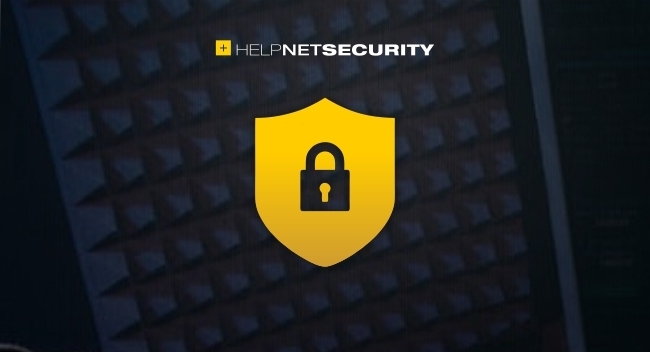ISC West 2023: How Computer Vision Increases Security and Improves Facility Operations
How the Port of Vancouver Used Computer Vision to Boost Efficiency
Enter real-time computer vision, a technology that adds machine learning processes to live and recorded video to produce metadata. The Port of Vancouver, using mainly its existing infrastructure of Axis security cameras plus AWS Panorama technology to perform the processing, was able use computer vision to add key metadata on containers in real time as they entered and moved through port facilities.
“It had been a very manual process in terms of how all this was being recorded and reported,” Trinh explained. Computer vision adds real-time metadata to the captured images, including each container’s identification number and its color, which often indicates what types of goods are inside the container.
The technology is helping the port develop a new class of insights on physical operations that will improve collaboration with shippers.
After applying computer vision, the Port of Vancouver was able to optimize its ground operations and expedite container inspections. According to Deloitte, which worked on the project at the port, “a bot predicts and sends alerts about berth allocation, container sequencing, and containers ready to return,” which allows port space to be used more efficiently and reduces the amount of time containers are held up.
DIG DEEPER: Discover how enhanced video surveillance provides better security.
Increased Efficiency With Computer Vision Cuts Expenses
The application of computer vision is also reducing costs by reducing inefficient and manual container examination processes. “Anything from missing paperwork and intensive exams can delay shipments from a few days to a month,” Deloitte notes. “Some require additional labor for unloading and reloading cargo. They interrupt traffic flow and ground operations and increase storage and labor costs.”
Trinh said the project in Vancouver is a good example of the kind of machine learning-enabled computer vision that will become more common as organizations take advantage of the real-time insights they can glean, both for security and operational purposes, from metadata extraction.
“Deep learning with computer vision is here,”…




